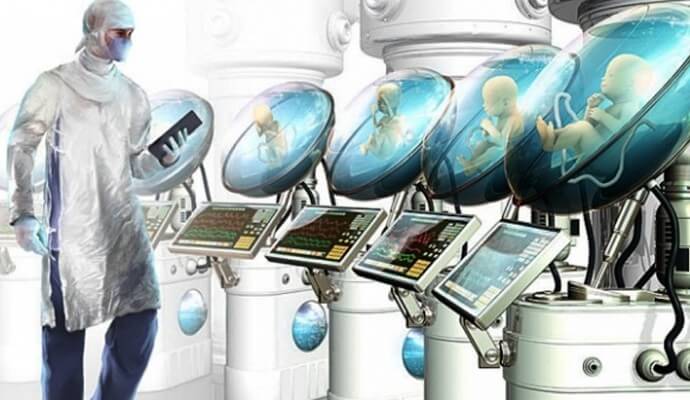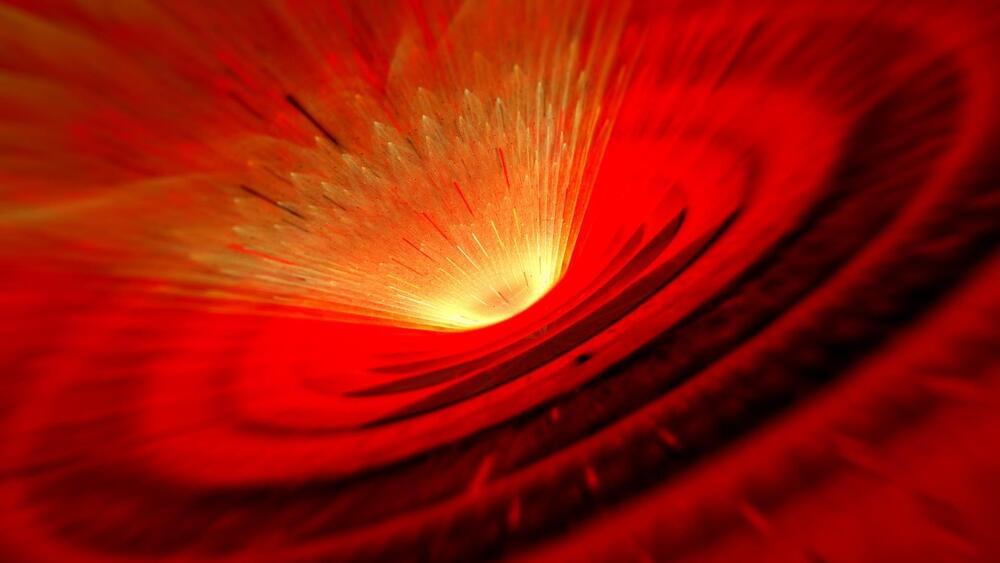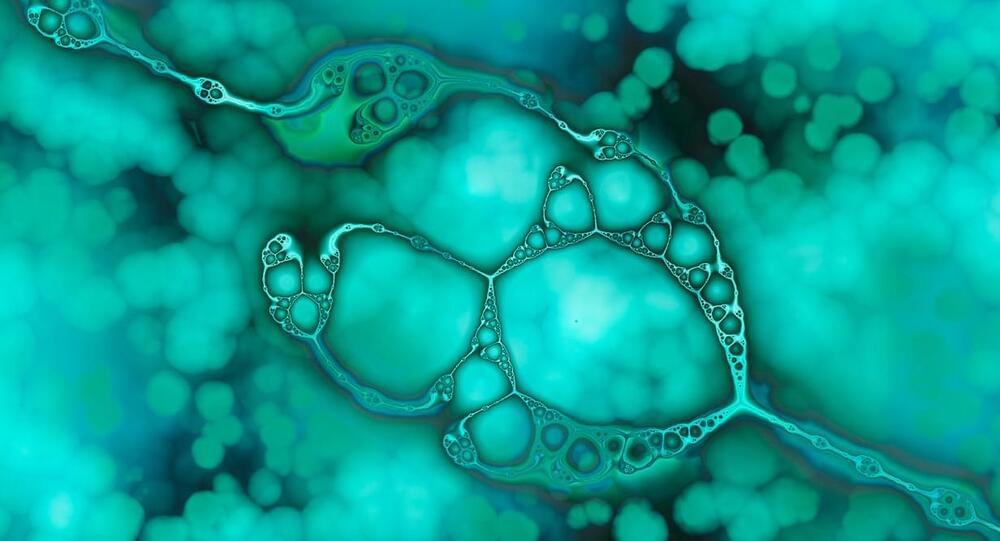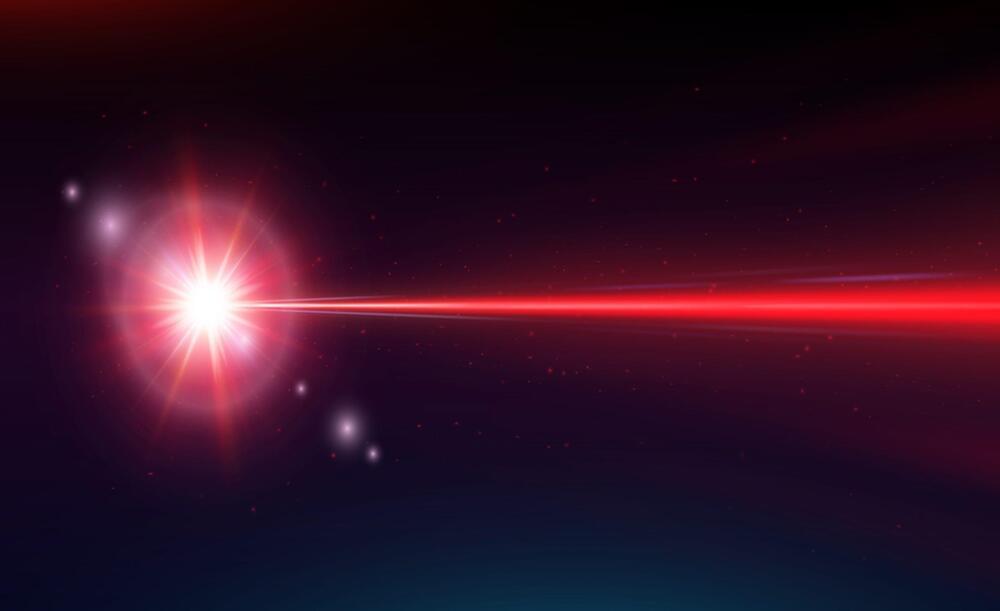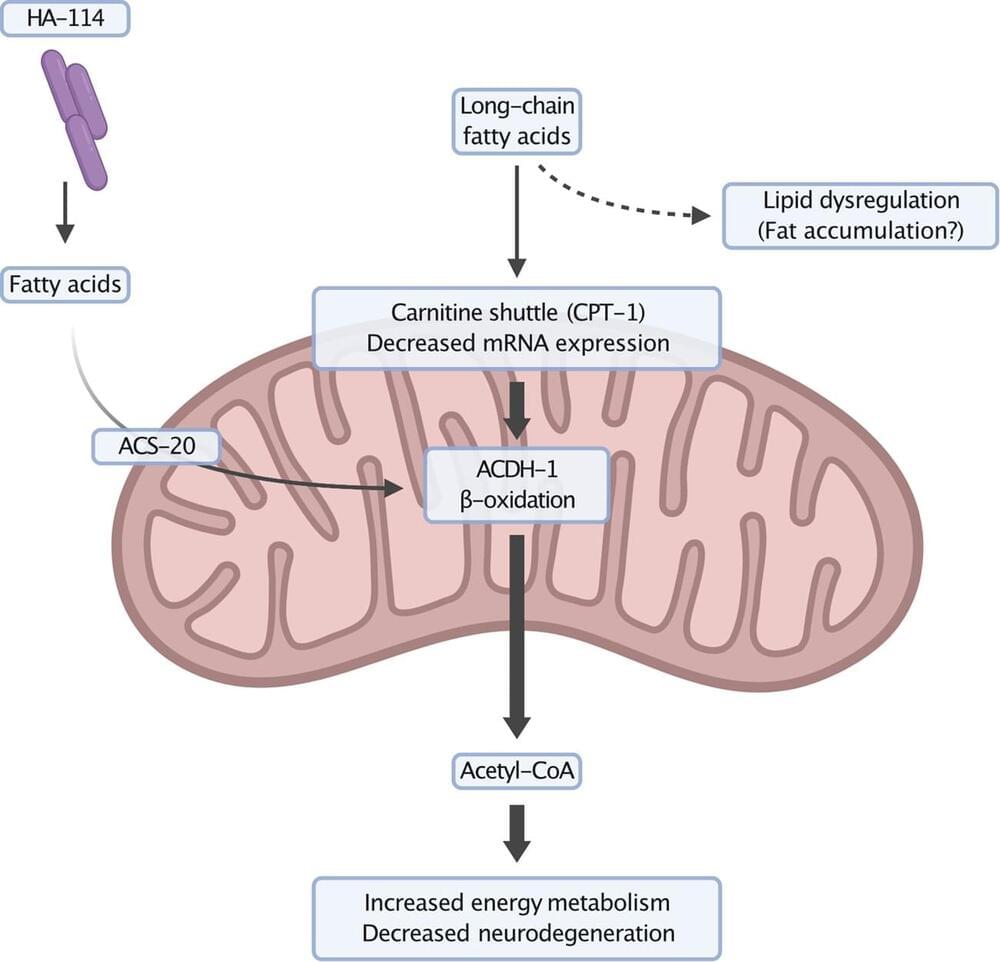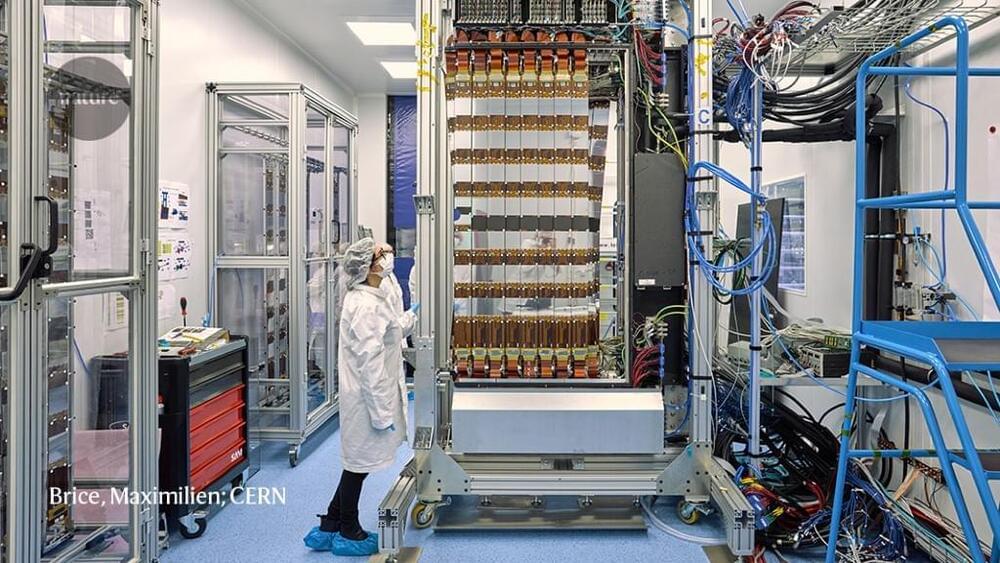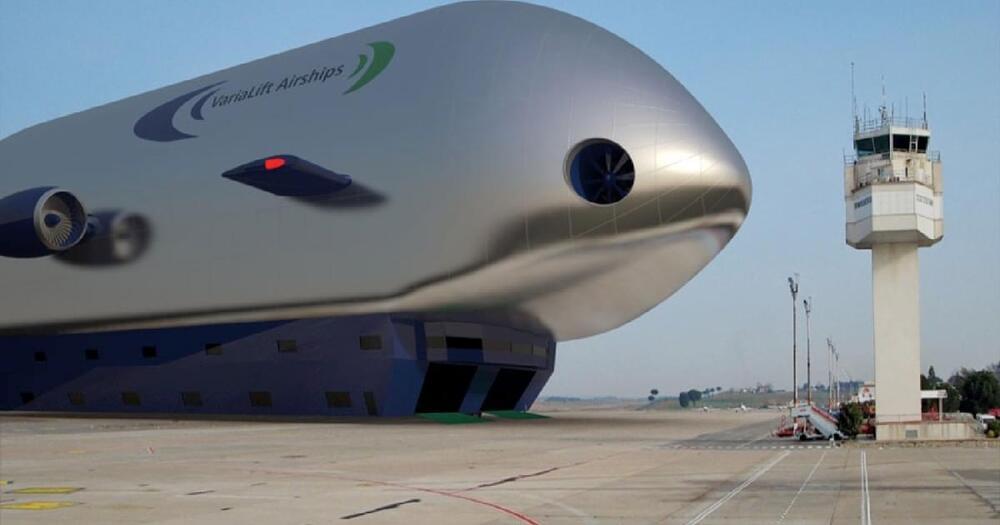Dec 20, 2022
Artificial wombs: The coming era of motherless births?
Posted by Omuterema Akhahenda in categories: biotech/medical, innovation
S cientifically, it’s called ectogenesis, a term coined by J.B.S. Haldane in 1924. A hugely influential science popularizer, Haldane did for his generation what Carl Sagan did later in the century. He got people thinking and talking about the implications of science and technology on our civilization, and did not shy away from inventing new words in order to do so. Describing ectogenesis as pregnancy occurring in an artificial environment, from fertilization to birth, Haldane predicted that by 2074 this would account for more than 70 percent of human births.
His prediction may yet be on target.
In discussing the idea in his work Daedalus –a reference to the inventor in Greek mythology who, through his inventions, strived to bring humans to the level of the gods–Haldane was diving into issues of his time, namely eugenics and the first widespread debates over contraception and population control.
